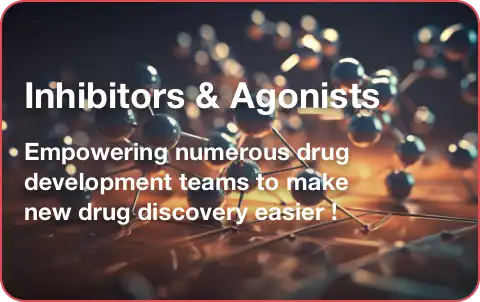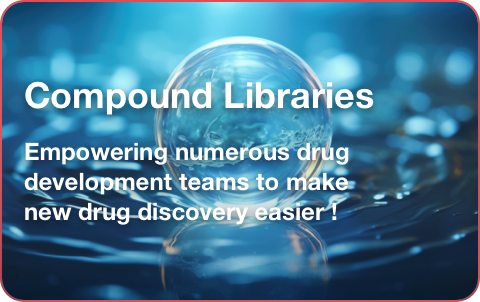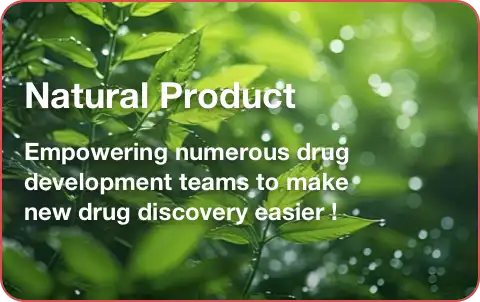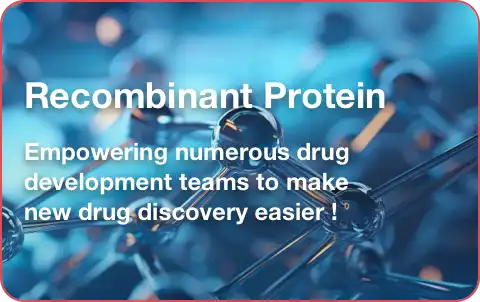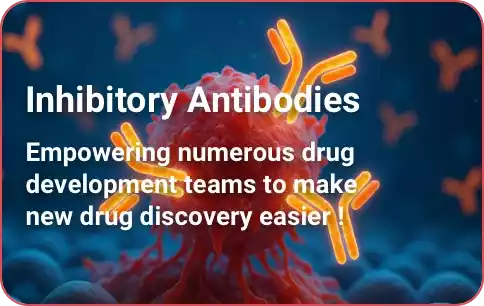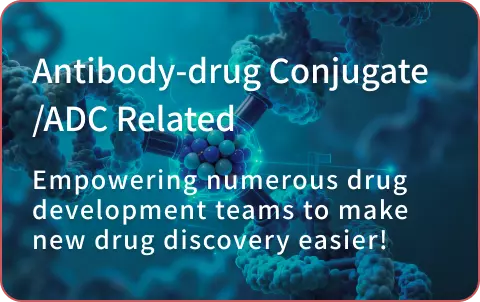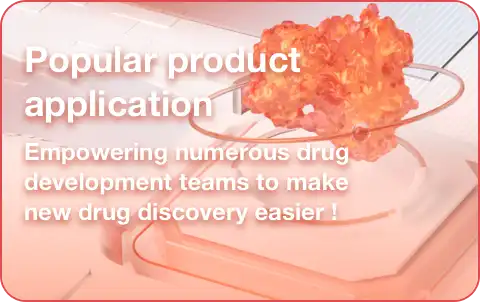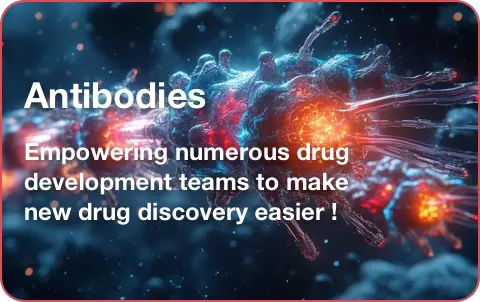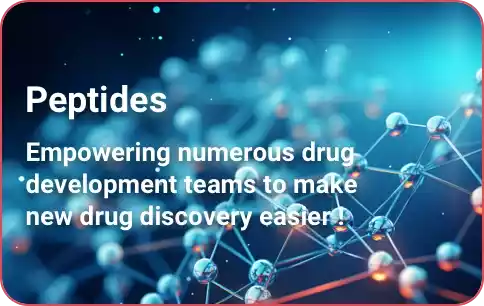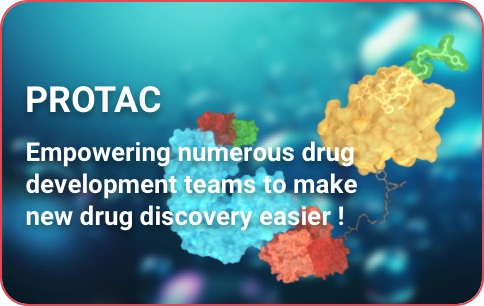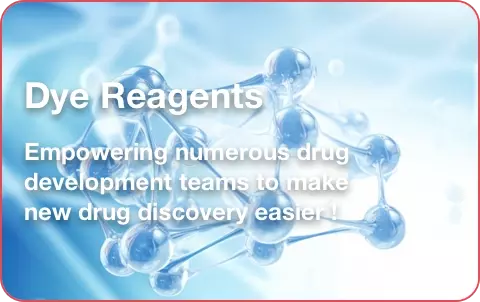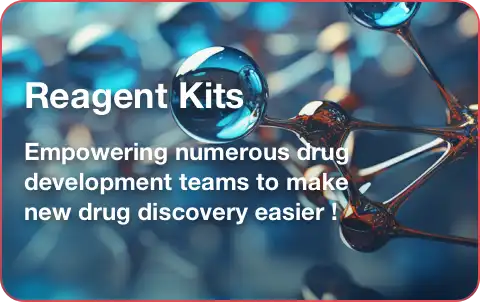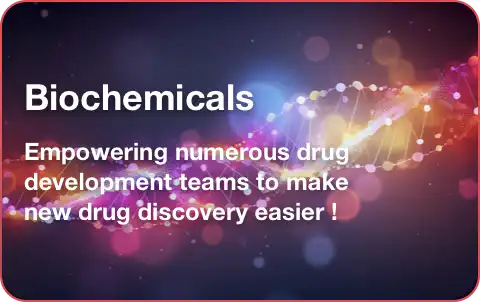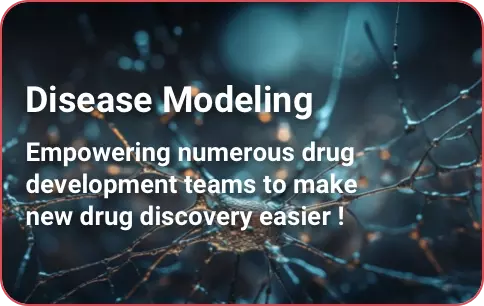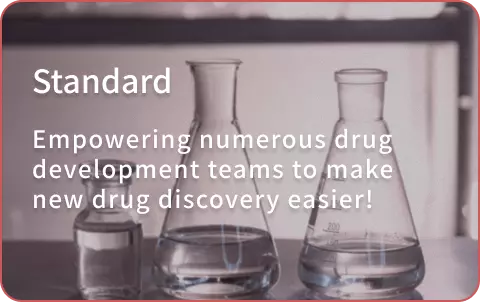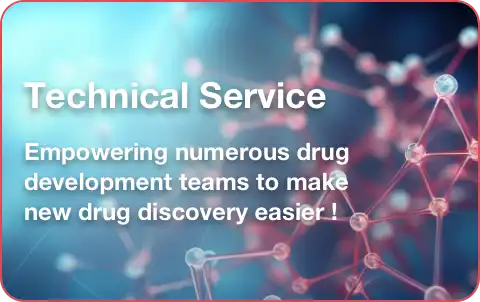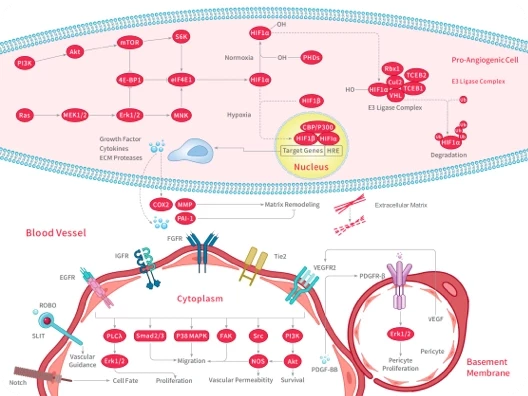 Your shopping cart is currently empty
Your shopping cart is currently empty
Nucleus
Nuclear dyes can be divided into basic dyes (such as hematoxylin, methyl green), fluorescent dyes, nucleic acid-specific dyes, live cell dyes, and metal complex dyes according to their chemical properties and applications. Basic dyes bind to nucleic acids through charge, while fluorescent dyes specifically label DNA and emit fluorescence, which are suitable for microscopic observation and flow analysis; nucleic acid-specific dyes (such as Feulgen) quantify DNA through chemical reactions, while live cell dyes can penetrate the cell membrane and label live nuclei. These dyes are widely used in histology, cell biology, and molecular pathology research.
Propidium Iodide Cited
Cited
PI
T213025535-16-4
Propidium Iodide (PI) is a red fluorescent dye utilized for cell staining and is suitable for fluorescence microscopy, confocal microscopy, flow cytometry, and fluorometer analysis. In aqueous solution, the Ex/Em of PI is 493/636 nm. Upon binding with nucleic acid, the Ex/Em shifts to 535/617 nm, enhancing the fluorescence signal 20-30 times.
- $30
Size
QTY
DAPI Dihydrochloride
FxCycle Violet, 4',6-diamidino-2-phenylindole
T1982728718-90-3
DAPI Dihydrochloride (FxCycle Violet) is A cell-permeable fluorescent probe. By binding to small forests rich in A-T DNA sequences, it is used to stain DNA and chromosomes, with a preference for DNA rich in adenine and thymine.
- $35
Size
QTY
Hoechst 33342 Cited
Cited
HOE 33342, bisBenzimide H 33342
T584023491-52-3
Hoechst 33342 (bisBenzimide H 33342) is a benzimidazole fluorescent dye and a cell-permeable fluorescent DNA dye.
- $30
Size
QTY
Hoechst 33342 trihydrochloride
Hoechst 33342, HOE 33342 trihydrochloride, bisBenzimide H 33342 trihydrochloride;HOE 33342 trihydrochloride, bisBenzimide H 33342 trihydrochloride
T21627875756-97-1
Hoechst 33342 trihydrochloride (bisBenzimide H 33342 trihydrochloride;HOE 33342 trihydrochloride) is a membrane permeant DNA stain with blue fluorescence.
- $30
Size
QTY
Evans blue
Direct Blue 53, C.I. 23860
T0313314-13-6
Evans blue (C.I. 23860) is an azo dye, inhibits L-glutamate uptake via the membrane-bound excitatory amino acid transporter (EAAT).
- $38
Size
QTY
Ethidium bromide Cited
Cited
Homidium bromide, EtBr, EB
T12201239-45-8
Ethidium bromide (EB) A trypanocidal agent and possible antiviral agent that is widely used in experimental cell biology and biochemistry. Ethidium has several experimentally useful properties including binding to nucleic acids, noncompetitive inhibition of nicotinic acetylcholine receptors, and fluorescence among others. It is most commonly used as the bromide. Ethidium bromide has a λEx of 300-360 nm and a λEm of 590 nm.
- $42
Size
QTY
Hoechst 33258 trihydrochloride
Pibenzimol, Hoechst 33258, HOE 33258, H 33258 trihydrochloride, bisBenzimide H 33258 trihydrochloride, Bisbenzimide
T405723491-45-4
Hoechst 33258 trihydrochloride (Bisbenzimide) is a benzimidazole anti-filarial agent. it is fluorescent when it binds to certain nucleotides in DNA, thus providing a tool for the study of DNA replication. it also interferes with mitosis.
- $42
Size
QTY
Hoechst 34580 xHCl(23555-00-2(free base)
HOE 34580 xHCl
T19011L
Hoechst 34580 xHCl(23555-00-2(free base) is a cell-permeable fluorescent dye, is used for staining DNA and nuclei.
- $50
Size
QTY
Hoechst 33258 analog 2
T1900423491-54-5
Hoechst 33258 analog 2 is part of a family of blue fluorescent dyes used to stain DNA.
- $98
Size
QTY
HOE 32021
HOE32021
T1549623623-06-5
HOE 32021 is an intracellular DNA dye that binds to nucleic acids by intercalating in the minor groove of DNA duplexes.
- $30
Size
QTY
Safranin O
Safranine T, Safranin, Basic red 2
TD0103477-73-6
Safranin O (Basic red 2) stains the lignified, embolic and keratinized parts of the plant, as well as chromatin and chromosomes in the nucleus. Safranin O is commonly used for the detection of cartilage, mucin and mast cell granules.
- $29
Size
QTY
HOE 33187
T1549723623-08-7
Hoechst stains are part of a family of blue fluorescent dyes used to stain DNA. HOE 33187 is a cell dye for DNA. Hoechst dyes are soluble in water and in organic solvents such as dimethyl formamide or dimethyl sulfoxide. Concentrations can be achieved of
- $29
Size
QTY
HOE-S 785026 trihydrochloride
meta-Hoechst trihydrochloride, Meta-Hoechst trihydrochloride, HOE-S 785026 trihydrochloride (132869-83-1 free base)
T190032320308-12-9
HOE-S 785026 trihydrochloride is a live cell labeling dye that binds to nucleic acids by targeting the minor groove in DNA double strands, with a preference for A/T-rich regions (fluorescence is significantly enhanced by A/T-rich double-stranded DNA). It crosses cell membranes and binds to living or immobilized cells, with its fluorescence intensity increasing as the solution pH rises.
- $33
Size
QTY
Hoechst 33258 analog 3
T1900523554-98-5
Hoechst 33258 analog 3 is part of a family of blue fluorescent dyes used to stain DNA.
- $68
Size
QTY
ortho-iodoHoechst 33258
T19043158013-41-3
ortho-iodoHoechst 33258 is part of a family of blue fluorescent dyes used to stain DNA. Hoechst 33258 is a cell dye for DNA quantitation.
- $347
Size
QTY
HOE 32020
T1549523554-99-6
HOE 32020 is a Hoechst stain, a blue fluorescent dyes, used to stain DNA. Hoechst dyes are soluble in water and in organic solvents such as dimethyl formamide or dimethyl sulfoxide. Concentrations can be achieved of up to 10 mg/mL. Aqueous solutions are s
- $198
Size
QTY
Hoechst 33342 analog 2
T19009106050-84-4
Hoechst 33342 analog 2 is an analog of Hoechst 33342 which is a DNA minor groove binder.
- $1,520
Size
QTY
Gallocyanine
T355511562-85-2
Gallocyanine is a small molecule blue dye used to stain nuclei. It is known to inhibit Dickkopf-1 (Dkk1), an antagonist of the Wnt pathway. Gallocyanine can disrupt the interaction of Dkk1 with its receptor LRP5/6 (IC50 = 3 μM), thereby activating Wnt/β-catenin signaling. Modulation of the Dkk1-LRP5/6 interaction via gallocyanine has been shown to inhibit prostaglandin J2-induced tau phosphorylation at serine396 in primary cortical neurons in vitro.
- $30
Size
QTY
Hoechst 33258 analog 6
T19007129244-66-2
Hoechst 33258 analog 6 is an analog of Hoechst stains which are part of a family of blue fluorescent dyes used to stain DNA.
- $347
Size
QTY
NucPE1
Nuclear Peroxy Emerald 1
T190421404091-23-1
NucPE1, a nuclear-localized fluorescent hydrogen peroxide, is specifically localized to cellular nuclei without appended targeting moieties.
- $2,049
Size
QTY
Hoechst 33342 analog 2 trihydrochloride
T19012155815-98-8
Hoechst 33342 analog 2 trihydrochloride is a derivative of Hoechst 33342, a compound that binds to the minor groove of DNA.
- $399
Size
QTY
Hoechst 33342 analog
T19010178481-68-0
Hoechst 33342 analog is an analog of Hoechst 33342 which is a DNA minor groove binder used fluorochrome for visualizing cellular DNA.
- $1,520
Size
QTY
Hoechst 34580
HOE 34580
T1901123555-00-2
Hoechst 34580 (HOE 34580), a cell-permeable fluorescent dye, is used for staining DNA and nuclei.
- $50
Size
QTY
Go to page 1
Page of 1
Generate Quote
Catalog No.: Cas No.:
Add
| Size | Quantity | Unit Price | Amount | Operation |
|---|
Generate Quote

Copyright © 2015-2025 TargetMol Chemicals Inc. All Rights Reserved.



